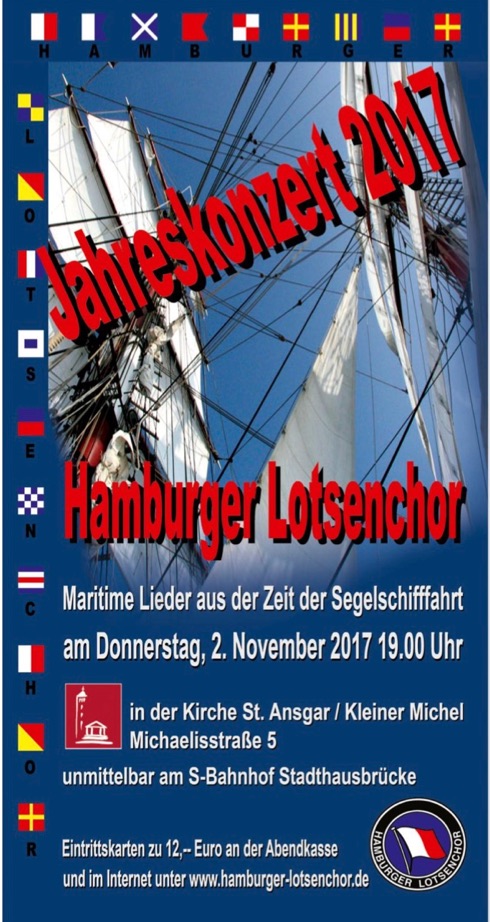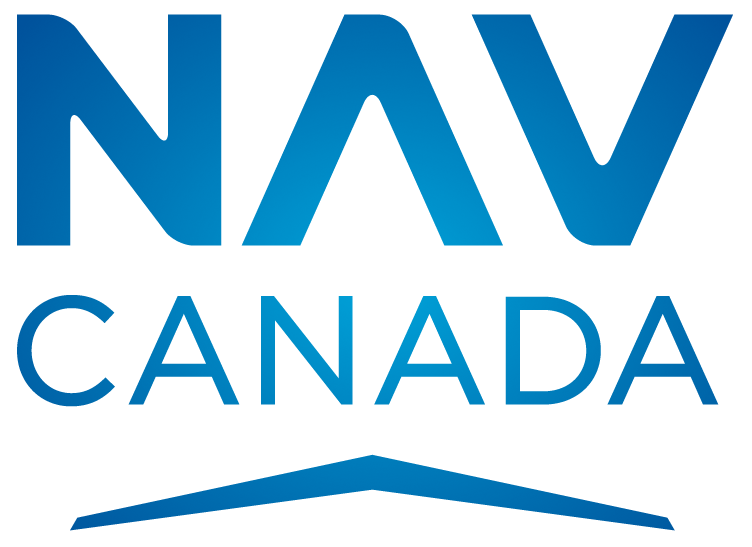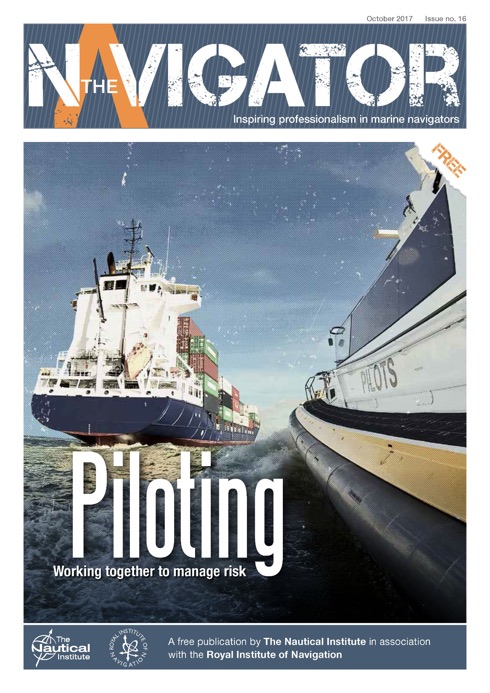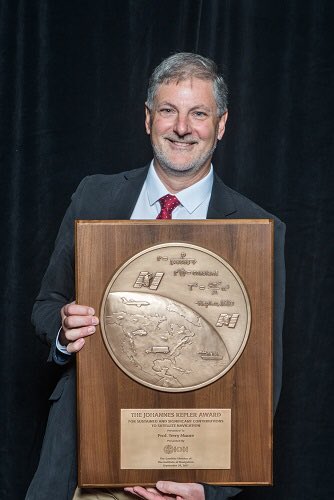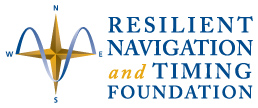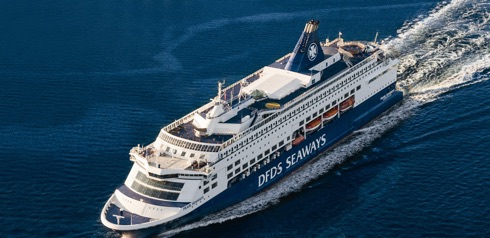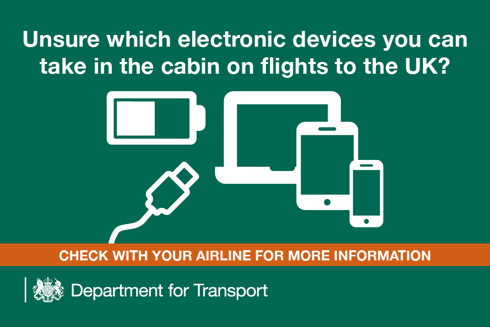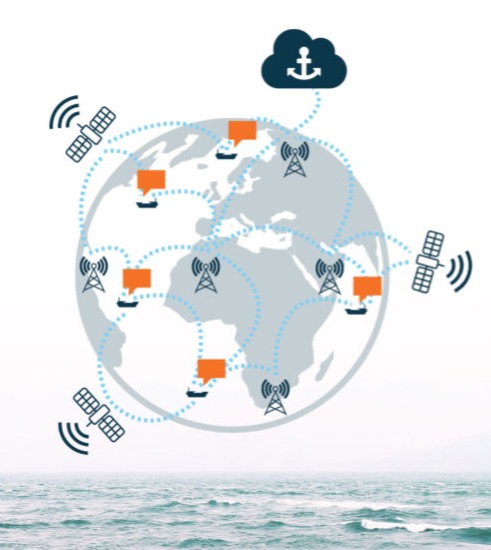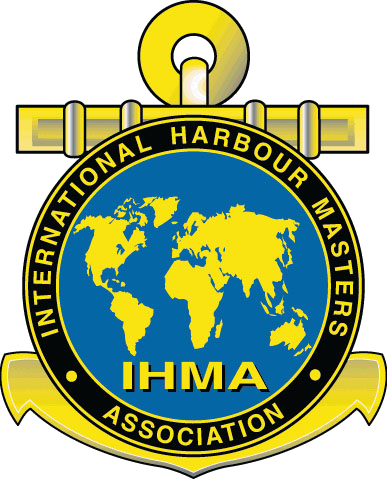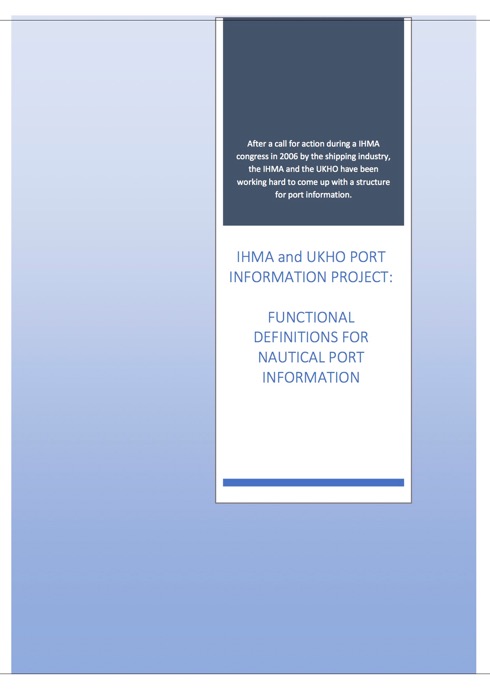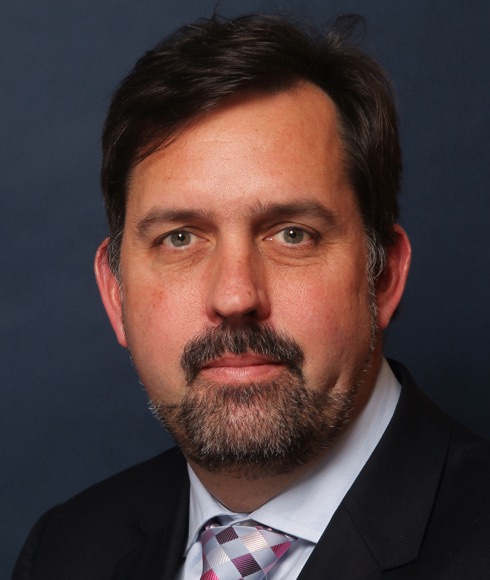Hamburg Pilots’ Choir annual concert
According to Captain Dieter Wulf, the Hamburg Pilots’ Choir will perform their Annual concert in St Ansgar’s Church / Kleiner Michel in Michaelisstrasse 5, Hamburg (S-Bahnhof Stadhausbrucke) on Thursday 2 November 2017 at 1900.
It is understood that tickets cost € 12,00.
ION ITM PTTI – a reminder
The deadline for submitting abstracts for the ION co-located International Technical Meeting (ITM) and the Precise Time and Time Interval (PTTI) Systems and Applications Meeting is Tuesday 10 October, 2017. Abstracts may be submitted online for the ION ITM/PTTI 2018 conference that will take place 29 January – 1 February, 2018 at the Hyatt Regency Reston, Reston, Virginia.
Welcome to NAV Canada
At IAIN we welcome NAV CANADA to Associate Membership and look forward to carrying their news from time to time. May their stay be long and fruitful.
NAV CANADA, the country’s civil air navigation services provider, is a private sector, non-share capital corporation financed through publicly-traded debt. Furthermore, it is the company that owns and operates Canada’s civil air navigation service (ANS). It manages 18 million square kilometres of Canadian and oceanic airspace. With 40,000 customers and 12 million aircraft movements a year NAV CANADA is the world’s second-largest air navigation service by traffic volume.
The Navigator #16
Pilots and their relationship with bridge teams is the focus of the latest edition of The Navigator, the magazine available for free to all seafarers from The Nautical Institute.
Issue 16 examines how best to support a pilot’s skills when they come on board a vessel and how to maintain an excellent relationship with them, both during and after their manoeuvres into and within the port.
Emma Ward, Editor of The Navigator, said: ‘The relationship between pilots and bridge teams is unique. It relies on teamwork, co-operation and smart risk assessment skills on both sides. Being able to share best practice and discuss the opportunities and challenges surrounding pilotage is crucial, which is why we have concentrated on the topic for this issue of The Navigator.’
Latest Galileo delivery

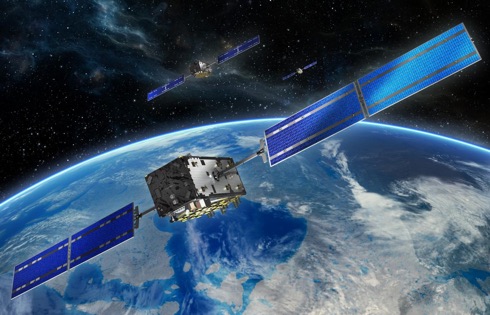
Europe’s next two Galileo navigation satellites have been delivered to Europe’s Spaceport in French Guiana ahead of the launch of a quartet by Ariane 5 at the end of this year. Galileos 19 and 20 left Luxembourg Airport in a Boeing 747 cargo jet on the morning of 18 September, arriving at Cayenne – Félix Eboué Airport in French Guiana that evening. Safely cocooned within protective air-conditioned containers, the pair were offloaded and driven to the cleanroom environment of the preparation building within the space centre. This building will remain their home as preparations for their launch proceeds, with the next two Galileos due to join them later this month (October).
2017 (US) Institute of Navigation Kepler Award Professor Terry Moore FRIN
We send our congratulations to Professor Terry Moore, FRIN, of Nottingham University (Vice-President of the (UK) Royal Institute of Navigation on winning the ION Kepler Award for significant contributions to navigation.
The full citation reads: ‘In recognition of his outstanding contributions to the development of satellite navigation through a sustained and distinguished professional career devoted to research and teaching.’
Professor Terry Moore has over 30 years of research experience in surveying, positioning and navigation technologies, and is a consultant and advisor to UK and European government organisations and industry. He has taken a leading role in national and European initiatives aimed at integrating academic research and teaching activities in GNSS and interacting closely with industry.
Exercise Dynamic Monarch concludes

It was reported by NATO from Marmaris Naval Base in Turkey on 22 September that the NATO-led submarine Exercise Dynamic Monarch was concluded that day following two weeks of multi-national training and practice in Submarine Escape and Rescue (SMER) procedures. Centred around the International Submarine Escape and Rescue Liaison Office (ISMERLO), an organization created in the wake of the Kursk tragedy as an international hub for information and coordination on submarine rescue, this exercise had been designed to demonstrate multi-national submarine rescue cooperation and interoperability as well as to share SMER-related knowledge amongst worldwide partners.
Nine NATO Allies participated in the exercise this year with equipment or personnel being provided by Canada, France, Italy, Norway, Poland, Spain, Turkey, the United Kingdom and the United States. In addition, observers from Bangladesh, Indonesia, Japan, Pakistan, Poland, Spain, South Korea, Sweden and the United Kingdom took part in various portions of the exercise.
Sites to watch #5
Much of the world depends upon satellite systems for precise navigation and timing services. These are exceptionally accurate and dependable, yet jamming, spoofing, and other forms of interference appear to be growing in frequency and severity. Neither are space systems immune to severe space weather or cyber-attack. This has the potential for devastating effects on our lives and economic activity.
There has been an opportunity to stay the destruction of Loran-C antennae in Europe thus retaining the back up to GPS in the event of failure or interference with transmissions.
See the website of the Resilient Navigation and Timing Foundation, particularly the news page with reports of activities in Norway.
The 8th International e-Navigation Underway Conference 2018
The International e-Navigation Underway Conference is a global destination for discussion and debate about the many different challenges facing e-Navigation around the globe, both in its sessions and in the range of networking opportunities it affords. Featuring some of the top maritime leaders in their fields and covering a wide breadth of topics, the Conference is the place in which to explore new strategies and to chart future technological progress.
Following the successful formula of previous years, The 8th International e-Navigation Underway Conference departs from Copenhagen on 24 January 2018 in mv Pearl Seaways.
To take advantage of the Early Bird Discount of 10% readers are invited to book before 15 November 2017.
This event is organised by the Danish Maritime Authority and IALA with the support of IHO, BIMCO, NI and CIRM.
Changes to UK aviation security
Restrictions have been lifted on carrying large phones, laptops and tablets in the cabin on all UK-bound flights from the following airports in Turkey and Tunisia: Antalya, Bodrum, Istanbul Sabiha Gökçen and Izmir in Turkey; Tunis-Carthage International in Tunisia.
Passengers on flights where restrictions have been lifted will now be able to take large phones, laptops, tablets and accessories into the cabin with them. Normal cabin baggage restrictions will continue to apply.
Restrictions have also been lifted on a number of individual airlines operating from other airports. The vast majority of carriers operating out of Turkish airports are no longer subject to these restrictions. However, passengers should contact their airlines for advice about whether their flights are affected.
OMC’s DUKC® technology taught at Melbourne U.
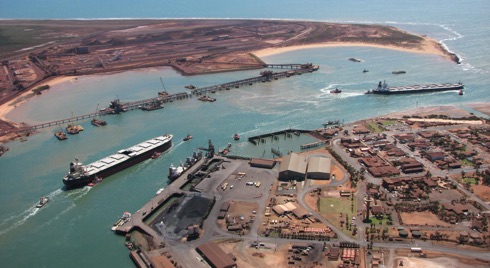
Case study examples of OMC International’s DUKC® technology are being taught for the first time at the University of Melbourne as part of a continuing partnership that recognises OMC’s expertise as a world leader in real-time Under Keel Clearance (UKC) management. University of Melbourne’s Ocean Engineering Professor Alexander Babanin said DUKC® content is being taught as part of an intensive week-long postgraduate port engineering unit developed with the support of Ports Australia and input from the maritime industry.
Professor Babanin said ‘Under Keel Clearance is the single most important issue of shipping in ports, channels and shallow areas, which is not taught in standard engineering programs at universities and so it is a must for this port engineering course. DUKC® is state of the art and we are lucky to have OMC International in Melbourne who help us to teach this specific application.’
ION ITM PTTI 2018
Readers are invited to submit abstracts online for the co-located ION ITM/PTTI 2018 conference that will take place from 29 January to 1 February, 2018 at the Hyatt Regency Reston, Reston, Virginia. The deadline for abstracts submission is 10 October, 2017.
ITM is the ION’s winter meeting with peer-reviewed technical papers related to positioning, navigation and timing and includes the ION Fellows and Annual Awards presentations. PTTI is the annual technical conference designed to disseminate and coordinate PTTI information at the user level; review present and future PTTI requirements; inform government and industry engineers, technicians and managers of precise time and frequency technology and its problems; and provide an opportunity for an active exchange of new technology associated with PTTI.
EUROCONTROL celebrates Bosnia and Herzegovina Civil Aviation Directorate at 20

At Banja Luka, Bosnia & Herzegovina, on 12 September Frank Brenner, Director General of EUROCONTROL, joined distinguished guests from European Air Traffic Management (ATM) to celebrate 20 years of the Directorate of Civil Aviation of Bosnia and Herzegovina (BHDCA). Brenner noted that in that time, Bosnia and Herzegovina had joined EUROCONTROL to become its 32nd member in 2004, playing a key role in European ATM within an organisation that now counts on 41 Member States as well as two Comprehensive Agreement States in the shape of Israel and Morocco.
Looking back on a highly successful partnership Brenner congratulated BHDCA for its tireless work in developing a regulatory and safety framework, and for its achievement in creating FABCE, a Functional Airspace Block Central Europe, aimed at jointly improving performance, which has seen the successful introduction of Free Route Airspace above flight level 310 (31,000ft).
The Maritime Cloud becomes Maritime Connectivity Platform (MCP)
From Efficiensea2 has come news that the team behind the Maritime Cloud has decided to change the name of the communication framework. Maritime Connectivity Platform, MCP, has been chosen to provide clarity and support e-Navigation going from testbed to real life implementation.
The reason for the change is twofold explained Thomas Christensen: ‘MCP is at a level of maturity where we are ready to take it from our project spheres into operational mode. However, before taking that step we felt a strong need to clarify exactly what is being offered and what is being offered is a connectivity platform – not a storage cloud.’
Despite the new name, the ambition of MCP remains the same. The three partners aim to provide the maritime world with a communication framework that connects all maritime actors through the use of secure identities and trustworthy services.
(US) Institute of Navigation requests GNSS software defined radio (SDR) metadata standard
It was announced from the US Institute of Navigation‘s HQ in Manassas, Virginia, on 15 September that its GNSS Software Defined Radio Metadata Standard working group is seeking public comment on the standard up until 31 December, 2017.
There has been a proliferation of software defined radio (SDR) data collection systems and processing platforms designed for GNSS receiver applications or those that support GNSS bands. Post-processing has been a cumbersome and error-prone process because of the datasets of various formats, the subtleties of which are often lost in translation.
This GNSS SDR Metadata Standard defines parameters and schema (configuration) to express the contents of SDR sample data files and is designed to promote the interoperability of GNSS SDR data collection systems and processors. The metadata files are human readable and in XML format.
Comments are being accepted through to 32 December 2017 and may be made here.
Functional definitions for the ship’s stay in port
The International Harbour Masters’ Association (IHMA) is delighted to have participated in the development of functional definitions for port information describing the ship’s stay in port. Accurate and reliable port information will enhance the safety, efficiency and sustainability of ports and shipping across the world and benefit local, national and international economies.
This initiative’s priority is to improve communications between ships and ports using clear and authoritative definitions for the various terms used in daily operations. The definitions have been sourced from existing standards within the shipping industry. Only when no applicable definition could be found was a new one introduced and published via the glossary of the UKHO’s Mariners
Handbook (NP100). These definitions have been collated in an intermediate document and will be incorporated in the next version of the Mariners Handbook (NP100) to be published in August 2018. The Port of Rotterdam will begin using these definitions in 2017.
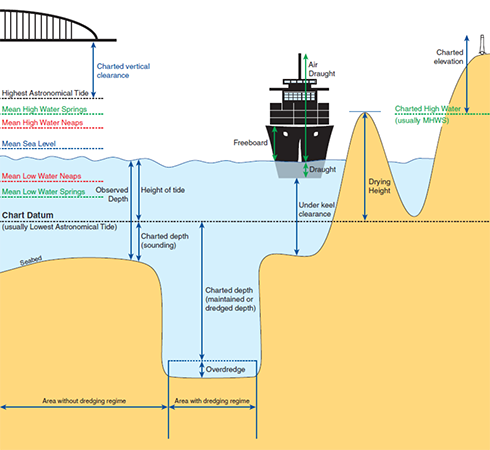
IHMA’s President, Capt. Kevin Richardson: ‘Harbour Masters recognise the huge value of agreeing and promulgating definitions that will make the ship’s stay in port safer and more efficient. We applaud the efforts of all organisations that have worked co-operatively on this important project which will have long-term value for ports around the world.’
Autonomous ships and the human element
As vessels become more and more autonomous consideration has to be given to the human element of future vessel operations, according to David Patraiko (illustrated), Director of Projects at The Nautical Institute.
Speaking on 11 September at the Autonomous, robotics and loT – exploring the potential and human impact conference organised by WISTA-UK (Women in Shipping and Trading Association) as part of London International Shipping Week, he said the human element in developments could not be ignored.
Pointing out that the existence of autonomous vessels is a reality with hundreds working today, Patraiko said they will be increasingly interacting with manned vessels. The NI’s work was of importance in ensuring relationships between the autonomous vessels and humans.
US Navy leads international effort to deploy buoys into the Arctic Ocean
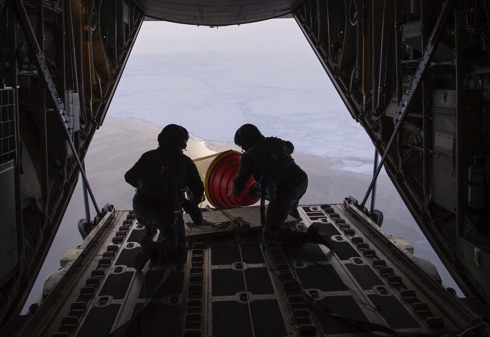
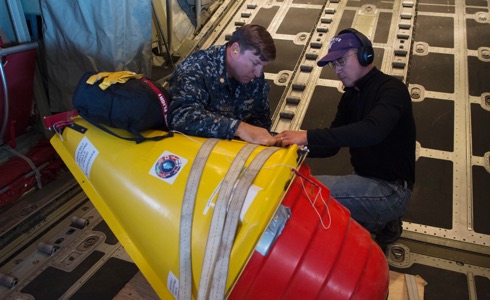
On 12 September the Office of the Oceanographer of the Navy and Office of Naval Research and US National Ice Center (USNIC) Public Affairs reported that with the Danish Joint Arctic Command, Environmental and Climate Change Canada and University of Washington deployed buoys into the Arctic Ocean during a joint mission. This joint mission was conducted to collect weather and oceanographic data to enhance forecasting and environmental models thereby reducing operational risk for assets in the Arctic.
In the words of Commander Ruth Lane, USNIC CO: ‘Polar lows are like hurricanes of the north and the data collected from these buoys will help us with numerical weather prediction, which will help to keep our and our partner forces safe. For example, when Hurricane Irma was approaching the Caribbean Islands, once the hurricane was within the range of NOAA’s Hurricane Hunter aircraft they flew out and dropped buoys through the hurricane. The surge of observations returned improved the track and intensity models. Forecast accuracy improves tremendously from the surge of local observations. Our goal with these Arctic buoys is a similar return on investment.’
RFA Mounts Bay delivers vital aid to Caribbean islands


On 8 September the (UK) Ministry of Defence reported that RFA Mounts Bay had delivered six tonnes of emergency aid to Anguilla, the British Overseas Territory devastated by Hurricane Irma, and was due to steam to the British Virgin Islands to provide further support within hours.
The naval auxiliary has been deployed in the Caribbean since July in preparation for the hurricane season, ready to provide support at a moment’s notice. Tasked by the Royal Navy, she was the UK’s first military response to the Caribbean. The ship carries a specialist disaster relief team – drawn from the Royal Engineers and Royal Logistics Corps (see troops illustrated) – as well as heavy plant for lifting and shifting and emergency kit and shelters (illustrated) provided by the Department for International Development. Also on board are the Royal Navy’s Mobile Aviation Support Force – aviation specialists, meteorological advisors and flight deck crews.
Communication is key during an evacuation

US Navy Region Southeast Public Affairs reported from Jacksonville, Florida, on 9 September that many Navy personnel have evacuated to safe havens in advance of Hurricane Irma. At the same time the USN issued the image here.
A GOES satellite image taken on 8 September at 0945 EST shows Hurricane Irma, centre, in the Caribbean Sea, Hurricane Jose, right, in the Atlantic Ocean, and Hurricane Katia in the Gulf of Mexico. Hurricane Irma is a Category 4 hurricane with sustained winds of 155 mph and is approximately 500 miles southeast of Miami, moving west-northwest at 16 mph. Hurricane warnings were issued for South Florida, as the storm was expected to make landfall in Florida Saturday/Sunday.
Hurricane Harvey relief
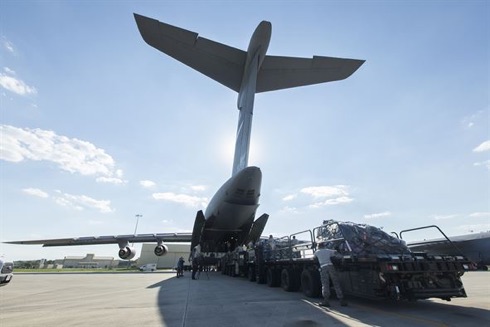
In the US Air Mobility Command (AMC) directed allocation of its airlift, aeromedical evacuation and contingency response assets to Federal Emergency Management Agency (FEMA) Hurricane Harvey relief efforts, as requested by US Northern Command (USNORTHCOM) on 30 August.
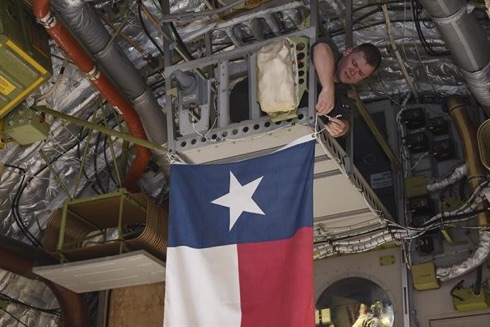
AMC C-17, C-130, C-5 and KC-10 aircraft from continental US AMC wings, elements of the 621st Contingency Response Wing at Joint Base McGuire-Dix-Lakehurst and various support personnel are deploying to affected areas of Texas to support ongoing FEMA- and USNORTHCOM-led efforts to provide relief to residents affected by the recent storm.
US Coast Guard and Hurricane Harvey

In a report from Portsmouth, Virginia, over the weekend 2/3 September it was learnt that US Coast Guard Atlantic Area personnel stationed in the Hampton Roads, Virginia, area continue to respond to the impacts of Hurricane Harvey. Local Coast Guard units providing support include the Fifth Coast Guard District, Force Readiness Command, Maritime Security Response Team, USCG Communications Command, Incident Management Assistance Team and members assigned to Base Portsmouth and the Portsmouth Federal Building.

A primary responsibility for Atlantic Area Command is to mobilize people and assets as well as provide command oversight. More than 250 Coast Guard members are actively participating in a response effort here in the Tidewater Area, and an additional 70 locally-sourced surge staff are scheduled to join the effort. More than 50 active duty and reserve personnel from the Tidewater Area are deployed to the affected areas in Texas and Louisiana. The Coast Guard expects this response to continue for an extended period, and to rotate personnel as necessary for clean up and port assessments. The search and rescue portion of the response is slowly winding down, with more than 10,600 lives saved so far.
The US anti-missile missiles

On 29 August it was reported that a medium-range ballistic missile target was launched from the Pacific Missile Range Facility in Kauai, Hawaii, during Flight Test Standard Missile-27, Event 2. The target was successfully intercepted by SM-6 missiles fired from the guided missile destroyer USS John Paul Jones (DDG 53).
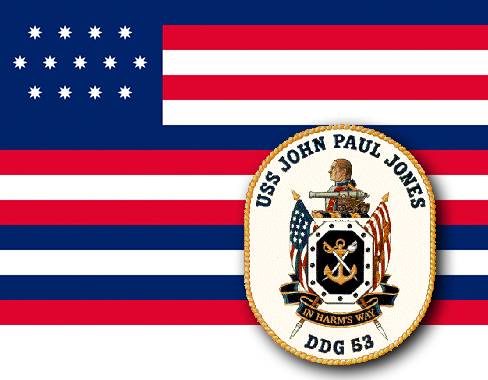
Historical note: USS John Paul Jones is the fifth US warship to bear this name and honours the Father of the American Navy. Born in Scotland, Commodore John Paul Jones earned the undying respect and admiration of his countrymen by his extraordinary courage, tactical genius and audacity during the American War for Independence. John Paul Jones is best remembered for his heroic defeat of the British 50-gun frigate Serapis on 23 September 1779.
European Project tests new SAR tools
 A screenshot taken during the simulation – © EfficienSea2
A screenshot taken during the simulation – © EfficienSea2
Through sharing of data between vessels, new tools developed to enable more digital communication can make Search and Rescue operations both faster and better.
When navigating a ship through the less busy routes of the world, for example in Arctic waters, the ability to share data could take on increased significance in coming years. By using a new service developed with funding from the Nordic Council of Ministers and supported by the EU EfficienSea2 project, seafarers will be able to automatically exchange and coordinate vessel positions and search patterns while conducting SAR operations. The free service, available for all ships sailing through Arctic waters, only requires a functional internet connection and a log-in to the map-based platform ArcticWeb. It has just been successfully tested at simulations in Gothenburg by Chalmers University of Technology and the Swedish Maritime Administration.
Africa and ME aviation security

A high-level Ministerial Conference on Aviation Security held in Sharm El Sheikh, Egypt, during week commencing 20 August endorsed a new Africa and Middle East Aviation Security Roadmap to align future programmes and targets with ICAO’s new Global Aviation Security Plan (GASeP). This was reported from ICAO in Montreal at the week’s end.
In his address to the 27 attending Ministers and 35 Directors General of Civil Aviation, representing some 45 African and Middle Eastern Member States, ICAO Council President Dr Olumuyiwa Benard Aliu stressed that ICAO’s new Global Aviation Security Plan sets out key priorities where ICAO, States, and others should now focus their urgent attention, resources and efforts, as well as corresponding actions at the global, national and local levels.

